From Scan to Tangible Insight
Your work demands clarity—every cut, every angle, and every decision depends on how well you understand the human body beneath the surface. Our 3D surgical models help you move beyond flat screens and complex slices so you can interact with anatomy in a hands-on, intuitive way. Using advanced segmentation and medical-grade 3D printing, we convert your CT/MRI scans into highly detailed, life-sized anatomical models. These models merge the precision of radiology with the realism of physical structures, making them an essential tool for surgeons, educators, and medical device innovators. Whether you're planning a surgery, conducting medical training, or designing implants, our models bring true-to-life texture, dimension, and orientation to the table.
Explore Our Range of Anatomical Models
We offer a comprehensive portfolio of 3D surgical models for key human systems:
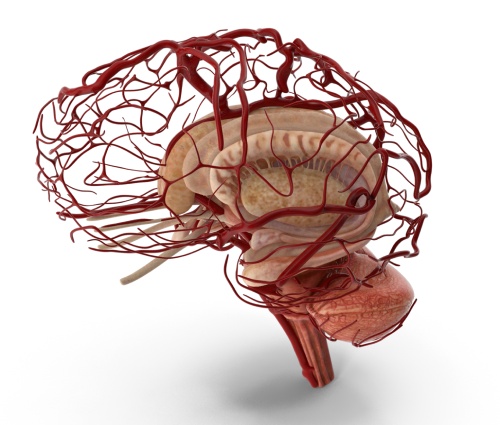
Brain Anatomy Model

Anatomical Heart Model

Lung Anatomy Model
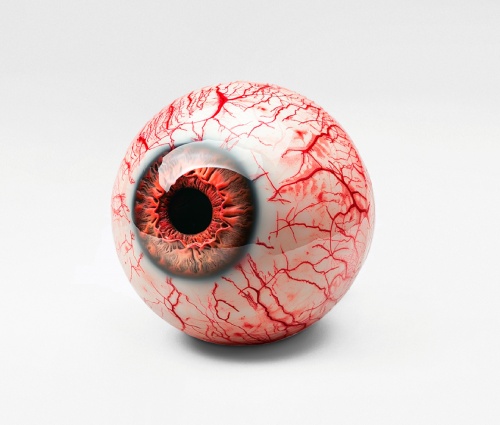
Eye Anatomy Model
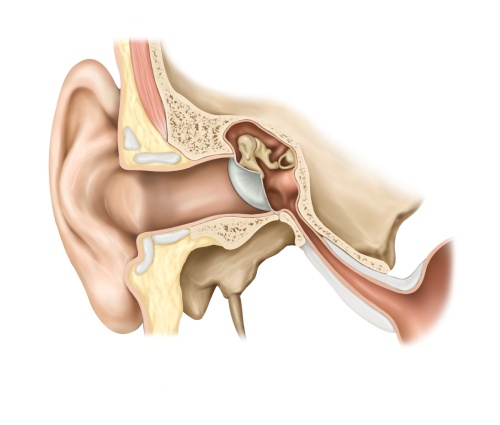
Ear Anatomy Model
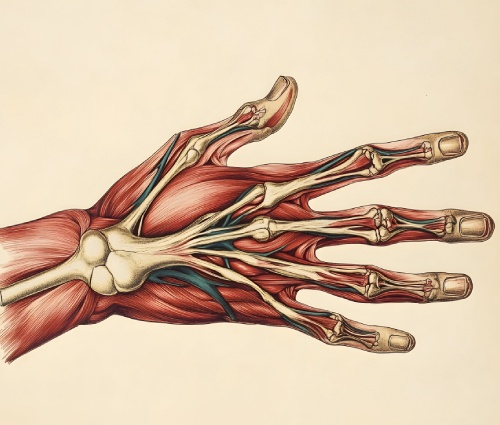
Hand Anatomy Model
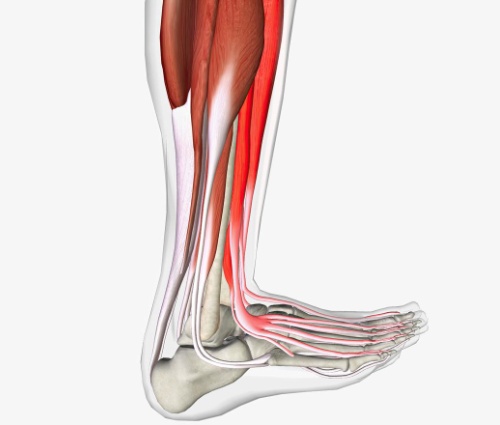
Foot Anatomy Model

Anatomical Spine Model
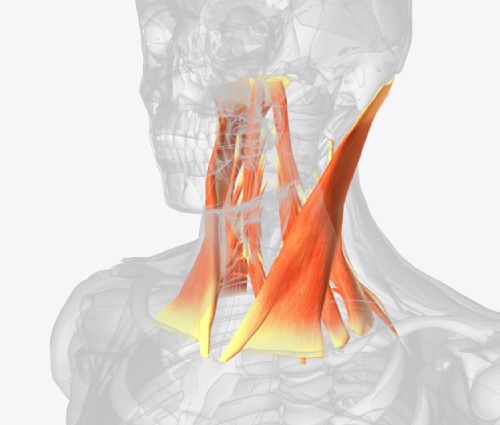
Neck Anatomy Model
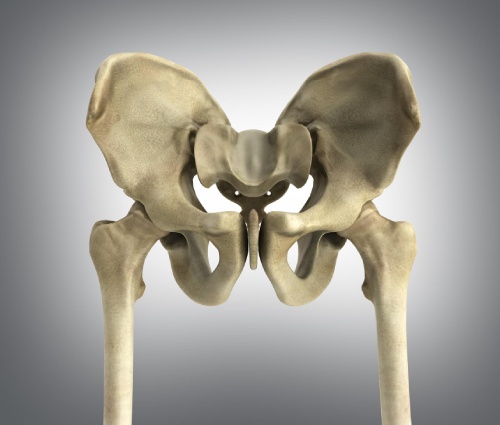
Pelvis 3D Model
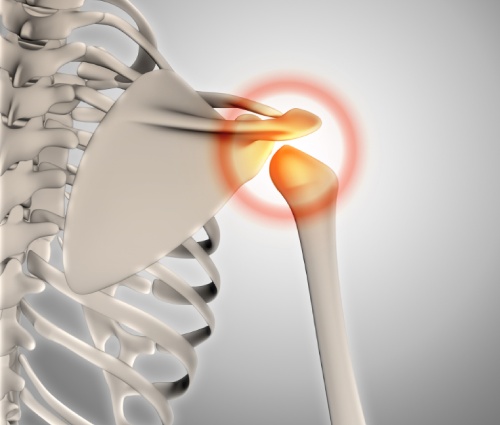
Scapula 3D Model
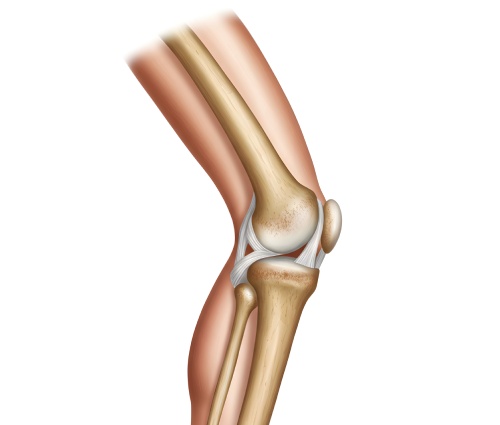
3D Model of Knee Joint
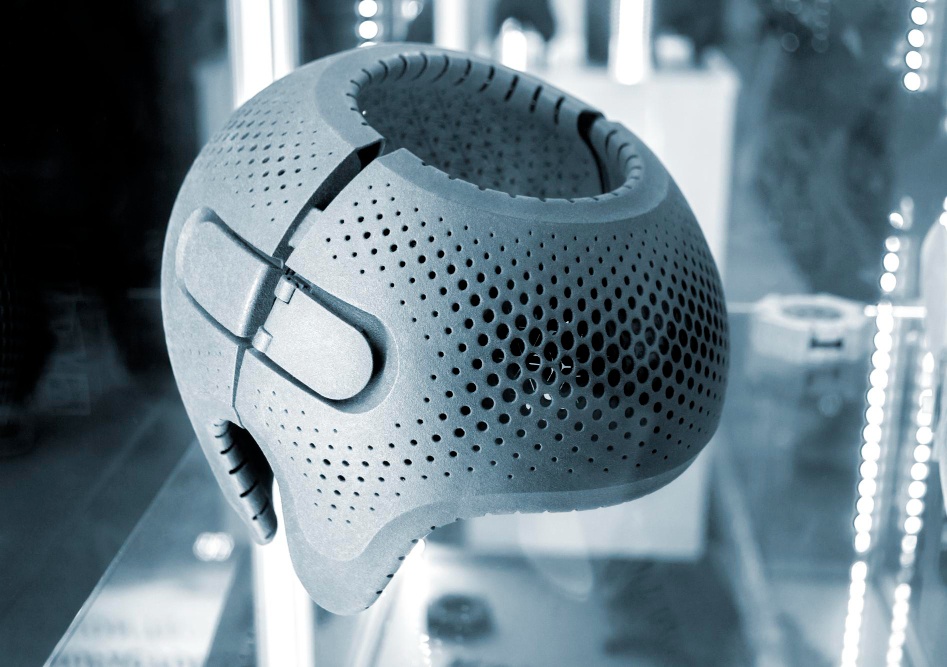
How Our 3D Printed Models Make a Difference?
- Clinically Accurate
- Realistic mechanical & anatomical properties
- Made with advanced 3D printing technology
- Surgeon-Friendly Utility
- Reliable for MedTech validation and R&D use
Send a message to staff
Your email address will not be published. Required fields are marked *
